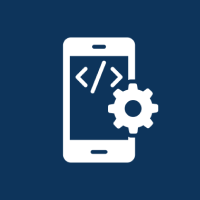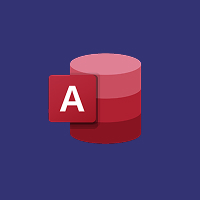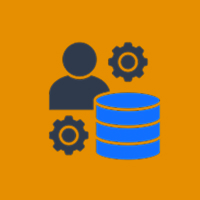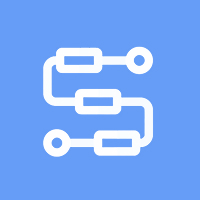Setting up a WordPress website is an exciting step toward building your online presence, whether you’re launching a blog, an online store, or a business website. WordPress offers powerful tools and customization options, but even the most experienced site owners can overlook some important details. Here’s a breakdown of the 10 most common mistakes people make when setting up their WordPress sites—and how to avoid them for a smoother, more successful launch.
1. Hosting Provider
Your hosting provider forms the core of your website. An inexpensive or unreliable hosting service will lead to slowdowns, downtime, and even potential security breaches. Opt for a reputable service such as Bluehost, SiteGround, or WP Engine that provides optimized hosting services specifically for WordPress. These services will provide a better experience in terms of speed, security, and quality customer support, saving time and headaches in the future.
2. Not Implementing Security Measures
No matter how small or big your site is, security cannot be ignored. Start from strong passwords and avoid the use of “password123.” Change the default “admin” username. Installing an SSL certificate is a must to encrypt data and improve SEO. Adding a security plugin, such as Wordfence or Sucuri, adds an extra layer of protection to keep your site safe from threats.
3. Forgetting to Update Permalinks for SEO
Permalinks are your URLs, and WordPress’s default isn’t very user- or search engine-friendly. Change that by switching to a permalink structure that includes the post name-for example, /your-post-title. Do it with ease at Settings > Permalinks simply by selecting “Post name”. That little change tidies up your URLs as well as your SEO.
4. Overloading on Plugins
Plugins are great for adding functionality, but too many can slow down your site and create security risks. Stick to the essential ones—like for SEO, security, and backups—and remove any plugins you’re not using. Think of plugins as seasoning: a little adds flavor, but too much can ruin the dish.
5. Skipping Regular Backups
It’s a nightmare when you lose all your work due to a crash or hack. Set up automatic backups so that your site will be there to save the day even if something goes wrong. Just like UpdraftPlus, Jetpack has an ability to schedule automatic backups. Whether you update your site each day or week, daily or weekly, it is up to you.
6. You should stick with the Default Theme
WordPress themes are like clothes for your site—while the default theme works, it’s not going to make your website stand out. Select a theme that will match your brand and then personalize it with your logo, colors, and other design elements. A unique look will help visitors remember your site and reflect your business’s personality.
7. Neglecting Basic SEO Practices
SEO doesn’t have to be complicated, but it’s vital for getting your site noticed. You should use descriptive titles and add alt text for all your images. Also, you should create an XML sitemap that helps the search engines index your content. Tools like Yoast SEO or Rank Math help you follow the best practices for SEO and increase your ranks. It’s a very simple investment that will pay off in increased visibility.
8. Neglecting Speed Optimization
A slow website is frustrating for visitors and damaging to your SEO rankings. Start by optimizing images with WP Smush or ShortPixel, and install a caching plugin like WP Super Cache to make your site faster. Consider using a Content Delivery Network (CDN) to deliver content quickly to visitors worldwide. The faster your site, the happier your visitors (and Google).
9. Forgetting Mobile Optimization
This means, with so many people using mobile devices to browse websites, a mobile-friendly website is simply a must-have. Many of the WordPress themes are responsive out-of-the-box, but still, it is a good idea to test how your site looks and functions on all the different devices. Use Google’s Mobile-Friendly Test to ensure your site is optimized for mobile users and this will also improve your SEO.
10. Not Setting Up Analytics
Once your site is live, you will want to monitor performance. The installation of Google Analytics gives you insight into visitors, how they find your site, and what they like. You can use that information to adjust content and strategy based on necessary growth. Without this, you are missing crucial information to make you better.
Summary
Building your WordPress site is an exciting step, but avoiding these common mistakes will set you up for long-term success. All this attention to security, SEO, speed, backups, and mobile optimization will make sure you create a site that looks awesome but functions well and attracts more visitors. We are here to help you get started or improve in building a WordPress site that works for your business.
Contact Us Today













 Database Development
Database Development












































